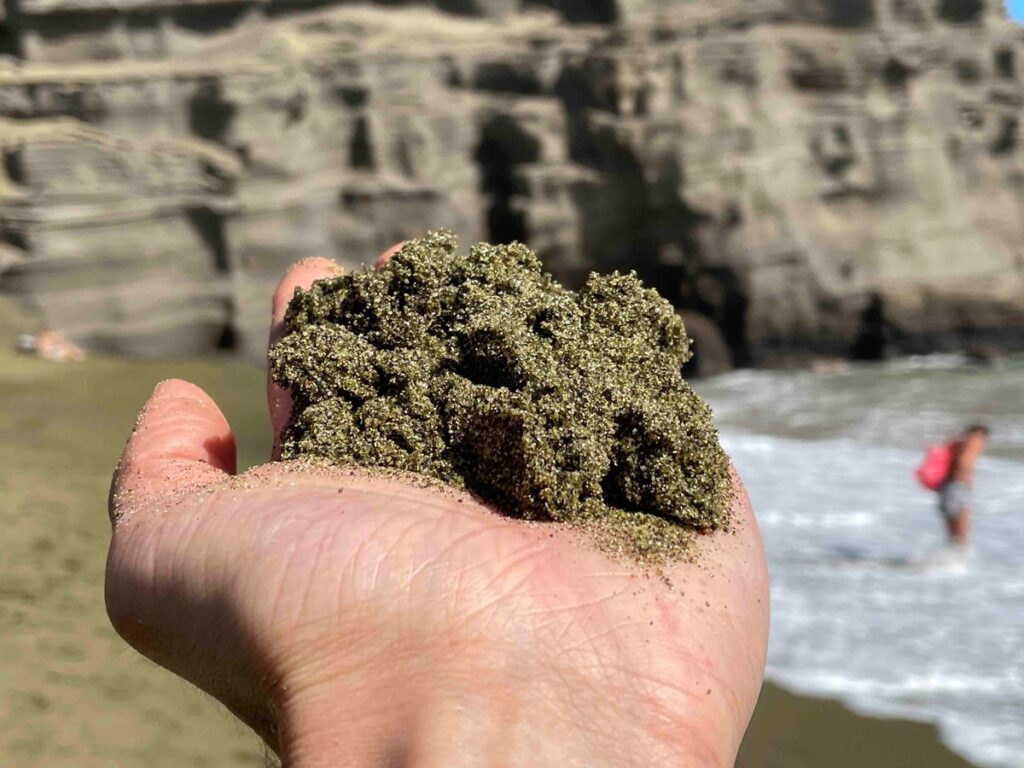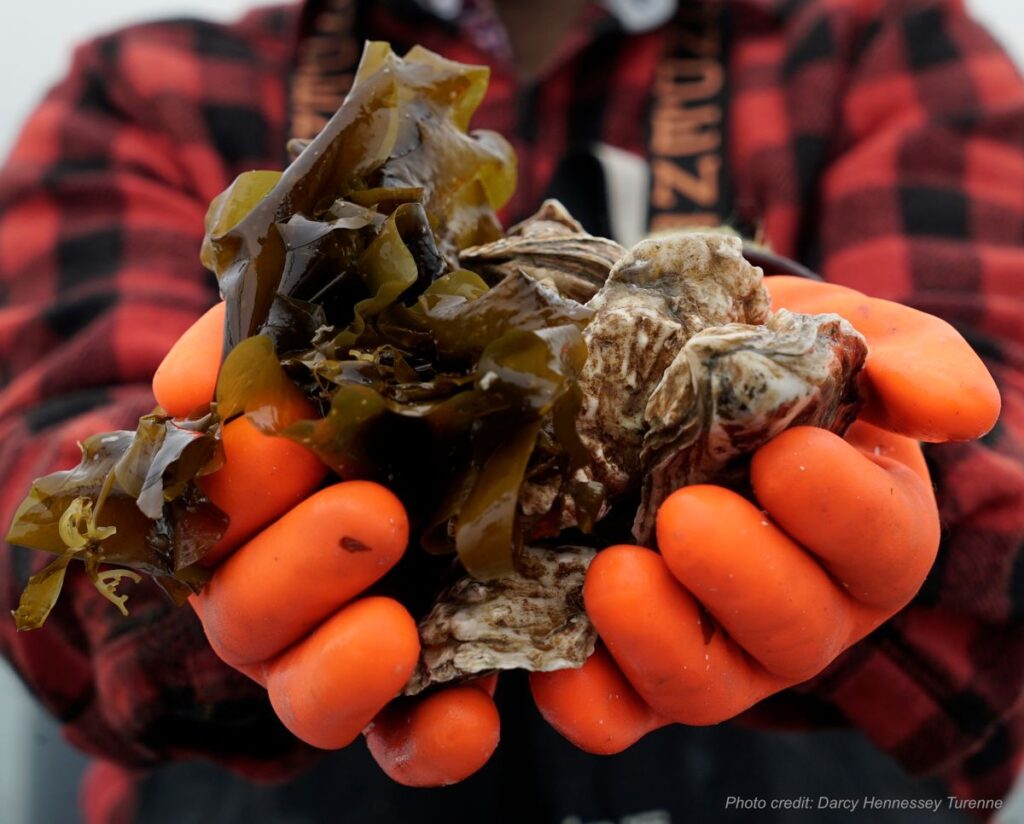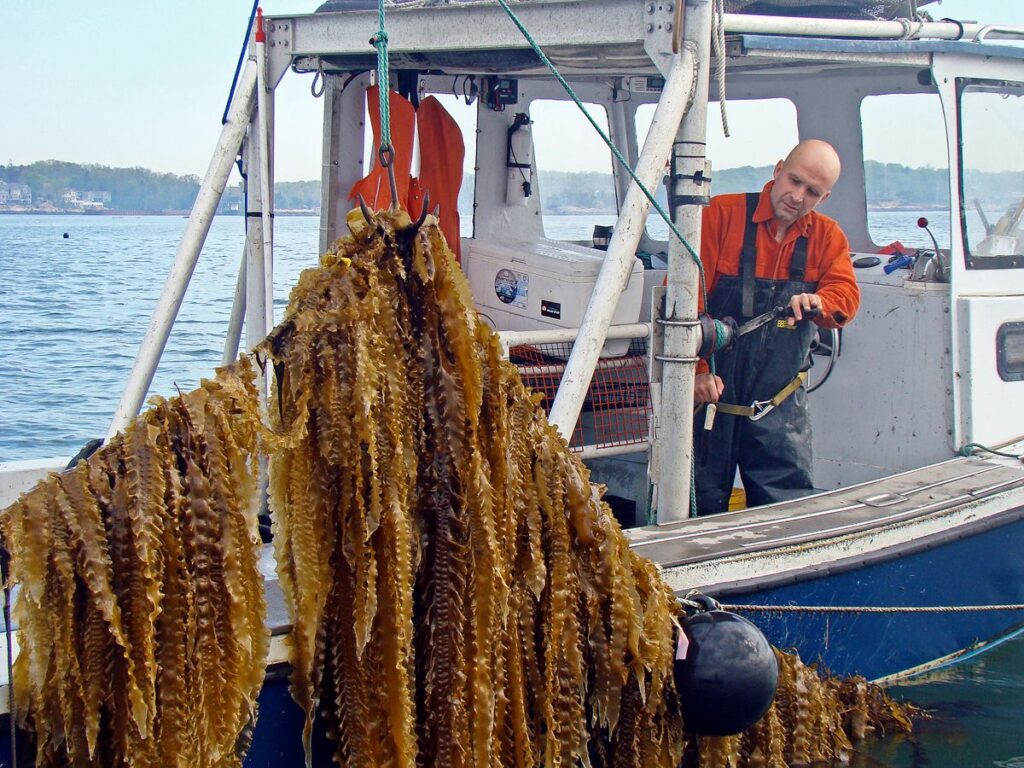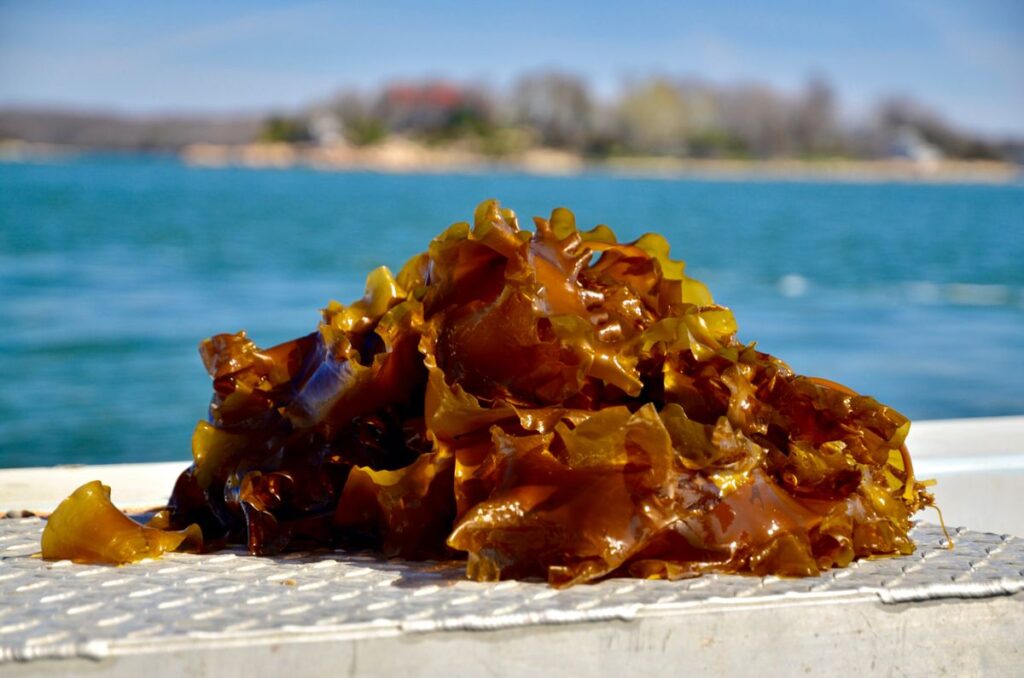Recently updated on March 4th, 2025 at 02:01 pm
Climate change is a real threat to the world – and we’re already seeing its catastrophic effects. However, through education and innovation in harnessing the earth’s natural resources, we can all make changes to fight climate change. To do our part, The Travel Corporation has developed a five-point Climate Action Plan (CAP) to guide how we reach carbon neutrality by 2030 or sooner, as part of our How We Tread Right Strategy.
One of the critical points in the CAP focuses on supporting science-based projects to remove excess carbon from the atmosphere. Through our TreadRight Foundation, we are providing grants to two new carbon removal solutions: Project Vesta & GreenWave. To celebrate Earth Month, we look at how these incredible projects are harnessing the earth’s natural resources.
Project Vesta
Project Vesta’s mission is all about reversing climate change by harnessing the earth’s natural resources. The project is harnessing the natural power of oceans to remove a trillion tonnes of excess CO2 from the atmosphere. So how exactly are they doing it?


The power of olivine and oceans
The natural weathering process of coastal areas leads to the storage of carbon in rock and the removal of CO2 from the atmosphere. Project Vesta has found that by accelerating the natural weathering process, they can speed up the capturing process of CO2.
They’re doing this by using olivine, a green volcanic material found in abundance near shelf seas. They make carbon-removing sand made of the mineral olivine and place it in the ocean. As the sand dissolves, it speeds up the CO2 capture process and stores carbon as rocks on the seafloor.
This also combats ocean acidification, the process where the massive amounts of CO2 absorbed by oceans dissolve in the seawater as carbonic acid. When olivine dissolves in the seawater, it generates a chemical reaction that helps reduce carbonic acid.
RELATED CONTENT: 9 ways you can travel more sustainably this year
The impact
If Project Vesta places olivine on just 0.25% of global shelf seas, it could capture one gigatonne (GT) of CO2 every year. To put that in perspective, one GT is the same amount of carbon captured by over 16 billion tree seedlings that take 10 years to grow.


Pilot projects and TreadRight’s support
Project Vesta has pilot projects happening on beaches in the Caribbean. They are also studying a natural olivine sand beach in Hawaii. If the studies return positive results, Project Vesta will share open-source instructions to replicate the process in coastal areas globally.
Thirty years of research have already demonstrated this process works and is an affordable and scalable method. So we’re excited about supporting Project Vesta with a grant through TreadRight.
“A grant from TreadRight will go towards lab studies that will monitor the impact of olivine on coastal ecosystems. The results from these studies will be made available to the scientific community to demonstrate that coastal enhanced weathering is a safe intervention.
Kelly Erhart, Co-Founder and Director of Business Development
To date, we have observed no acute or short-term adverse effects have been in the experiments, which have been conducted to US EPA-standard in EPA certified labs. Because of the relatively small amount of olivine we plan to use in our upcoming pilot studies, we, therefore, do not foresee significantly negative impacts on the receiving ecosystem.”
RELATED CONTENT: 11 sustainable destinations to visit in 2022
GreenWave


GreenWave is another fantastic project with a focus on harnessing the earth’s natural resources to invest in our planet. As a regenerative ocean farming organisation, Greenwave is harnessing the natural power of kelp to increase the natural ability of soil to store carbon while also decreasing harmful nitrous oxide emissions.
The power of kelp
Many scientists have previously attempted to increase the natural ability of soil to store carbon. However, it has led to the negative side effect of releasing the greenhouse gas nitrous oxide. This is 300 times more potent than carbon dioxide. GreenWave is studying how adding kelp to the soil can reduce these nitrous oxide emissions. Adding kelp to soil may also reduce the need for nitrogen additives (fertiliser) in agricultural crops.
RELATED CONTENT: 7 heart-warming wildlife conservation stories from 2021


The impact
If GreenWave’s long-term studies prove successful, this method of increasing soil carbon storage while reducing nitrous oxide emissions will have a net climate benefit and a great impact in the fight against climate change.
A net climate benefit means that emissions are offset when an equivalent amount of emissions are removed from the atmosphere. We must reach net-zero global carbon emissions by mid-century, to meet the 1.5°C global warming target in the Paris Agreement… And GreenWave’s amazing work is just one of the ways we can get there.
Regenerative ocean and land farms
As part of this research, GreenWave replicates and grows regenerative ocean farms. They create jobs by training and supporting ocean farmers. They also work with farmers and coastal communities all over the world to create a “blue economy” while protecting the planet. A blue economy sustainably uses ocean resources to grow economies. It aims to improve livelihoods while preserving and regenerating ocean ecosystems.
RELATED CONTENT: Costa Rica’s Sustainability Utopia


TreadRight’s support
TreadRight’s grant will go towards GreenWave’s critical research on the link between kelp, carbon storage, and greenhouse gas emission reduction.
“The TreadRight Foundation has made a critical investment in GreenWave’s efforts to promote seaweed cultivation in the fight against climate change. This year we launched a pilot study to assess the power of seaweed-based fertilizers to reduce greenhouse gas emissions and support healthier soils in land-based agriculture.
Emily Stengel, GreenWave Co-Founder and Co-Executive Director
With promising early-stage results on nitrous oxide emissions reduction and carbon soil storage, GreenWave will build out a longer-term study to verify the study. [We will also] develop a climate offset mechanism to pay regenerative ocean farmers for the work they’re doing to protect our planet.
If successful, these offsets provide another source of income for regenerative ocean farmers. [It also] creates incentives to use crops from regenerative ocean farms as a soil additive to create net climate benefits bridging land and sea. We’re excited to continue this journey with the TreadRight community.”
Do you know about any projects that are harnessing the natural resources of the earth or investing in our planet? Let us know in the comments below…